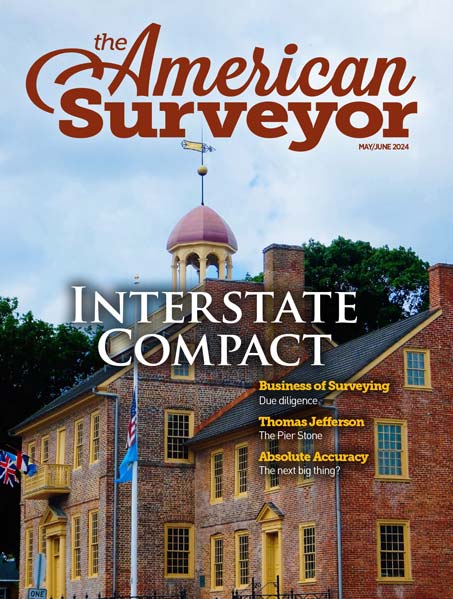"The stimulus package should have its maximum impact during the third quarter of this year, adding roughly 3 percent to annualized Gross Domestic Product." —ABC Chief Economist Anirban Basu
Private nonresidential construction spending continued its upward trend in May, increasing 0.5 percent. This makes the fifth straight month of spending increase, according to the July 1 report by the U.S. Census Bureau. However, on year-over-year basis, private nonresidential construction is down 3.3 percent. Overall, total nonresidential construction spending – including both private and public – is up 0.1 percent from April to $716.7 billion, but down 0.4 percent from May 2008.
Nonresidential construction sectors showing gains include manufacturing, up 4.3 percent, power, up 2.1 percent, and transportation construction, up 1.4 percent. From May 2008, manufacturing has seen the largest increase, up 55.2 percent, followed by conservation and development, up 13.5 percent, and power construction spending, up 12.6 percent.
On the other hand, commercial construction spending continues to perform poorly, down 5.1 percent on a monthly basis while religious construction, down 3.8 percent, and lodging, down 2.6 percent, were the worst monthly performers. On a year-over-year basis, communication construction still lags, down 28.7 percent, followed by commercial, down 28.4 percent, and lodging, down 17.8 percent.
Public nonresidential construction spending was down slightly at 0.5 percent from April but was up 3.5 percent on a year-over-year basis. Residential construction spending slipped 3.5 percent for the month and is down 33.3 percent from May 2008. Overall, total construction spending was down 0.9 percent compared to April and was 11.6 percent lower than levels in May 2008.
What This Means
“Until now, much of the talk about the stimulus package has been just that, talk,” said Associated Builders and Contractors Chief Economist Anirban Basu. “We now approach the moment of truth. The stimulus package should have its maximum impact during the third quarter of this year, adding roughly 3 percent to annualized Gross Domestic Product.
“It is expected that much of the improvement will evolve around transportation projects that will soon get underway, a boom to the economy generally and to the nonresidential construction sector particularly,” said Basu. “The fourth quarter should be similarly impacted, perhaps enough to bring the U.S. out of the ongoing recession.
“Indeed, the May construction spending data suggests that the stimulus package has already begun to have noteworthy impacts,” said Basu. “Behind manufacturing and power, transportation recorded the third fastest pace of construction spending growth of the 16 nonresidential construction segments monitored by the federal government. One would expect to witness significant construction volume increases in that construction category in the month ahead.”
